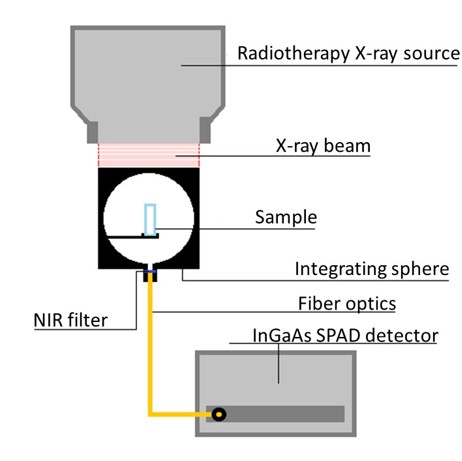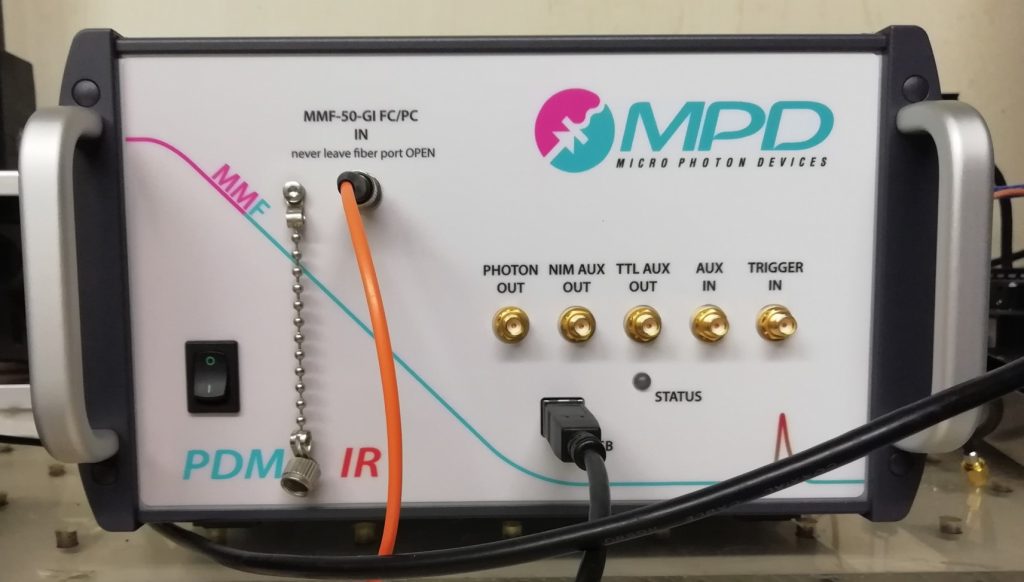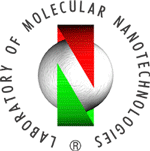

Direct detection of singlet oxygen is challengin, in particular under X-ray irradiation, where chemofluorescent probes cannot operate properly.
A possible solution is measuring the fluorescent emission of singlet oxygen at 1270nm. In water, only 1 in a million singlet oxygen molecules decay radiatively to triplet oxygen: therefore, the detection of this fluorescence is very challenging.
Niedre, M., Patterson, M. S. & Wilson, B. C. Photochem. Photobiol. 75, 382–391 (2002)
New detectors based on InGaAs made this approach attractive. Our instrument includes:- Fiber-coupled, Peltier-cooled InGaAs detector module (MicroPhotonDevices srl)
- Bandpass filters in the region 1200-1350nm
- Custom-made integrating sphere made of low-Z materials (PLA, MgO coating)
- Gated acquisition using internal trigger signal of the Radiotherapy LINAC
